Descripción
Maximice el éxito de su curso aprovechando al máximo lo que la Décima Edición de FÍSICA PARA CIENTÍFICOS E INGENIEROS CON FÍSICA MODERNA de Serway / Jewett tiene para ofrecer. Desde una gran cantidad de funciones en texto hasta una gama de recursos tecnológicos excepcionales, tendrá todo lo que necesita para comprender las fuerzas naturales y los principios de la física. Los nuevos ejercicios ricos en contexto, los problemas Think-Pair-Share y los problemas de pasajes estilo MCAT le permiten poner en práctica lo que aprende.
También disponible, WebAssign es el sistema de tareas más fácil de usar del mundo. A lo largo de cada capítulo, los autores han incorporado una amplia gama de ejemplos, ejercicios e ilustraciones que lo ayudarán a comprender las leyes de la física Y a tener éxito en su curso.
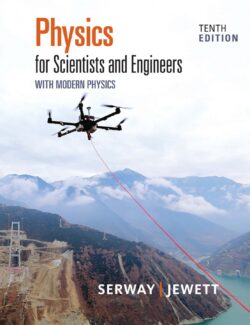

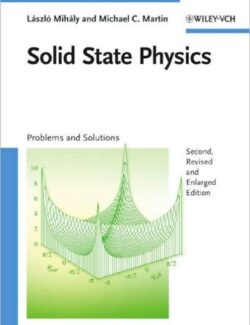
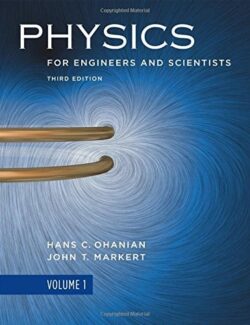

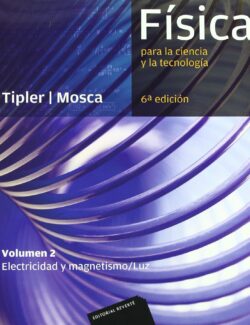

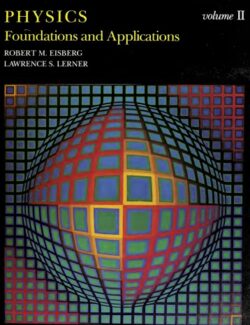
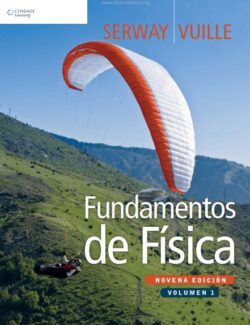
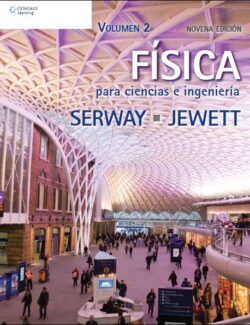

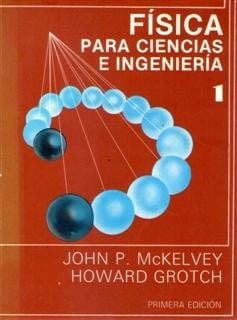

Déjanos un comentario
2 comentarios